Lanes are painted on the road to separate traffic. It’s important that you use lanes correctly.
Make sure you're in the correct lane for the direction that you're travelling. Follow the direction of any arrows marked on the road.
If there are no arrows:
You should stay in the same lane all the way through the intersection.
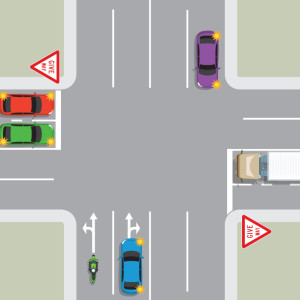
Lane rules at intersections
When turning right from a road that has more than one marked lane in each direction into another road with more than one marked lane in each direction:
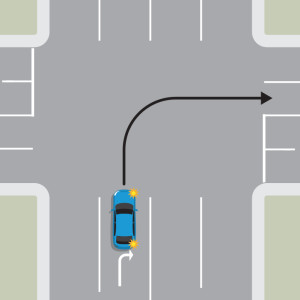
When turning into a one-way street:
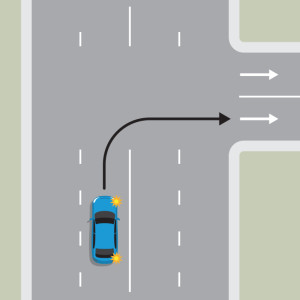
When turning right from a one-way street, you should stay in the same lane throughout the turn.
That means:
Remember to signal for at least 3 seconds before turning.
When you’re turning from a multi-laned road, the same rules apply.
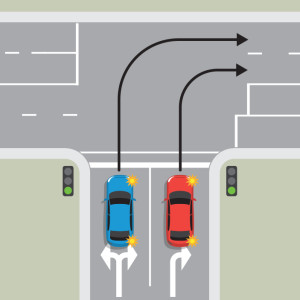
Turning right from a one-way street
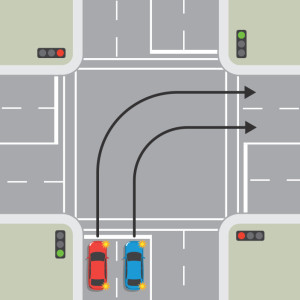
Turning right from a multi-laned street
Important!If you're turning at an intersection where there's a cycle lane, give way to cyclists going straight through. |
When 2 vehicles are turning into the same road at an intersection that has more than one marked lane in both directions:
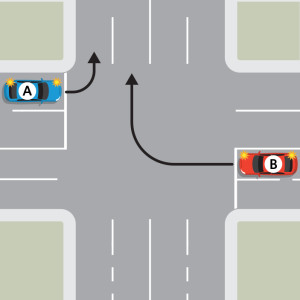
Two vehicles turning onto the same road
Try to get into the correct lane before you get to the intersection. However, if you must change lanes:
Never change lanes suddenly.
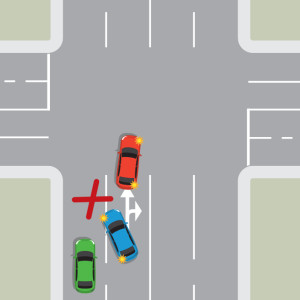
Changing lanes at an intersection
When there are passing lanes, drive in the left-hand lane unless you're passing another vehicle.
If you’ve been driving slower than the speed limit, don’t speed up when you reach a passing lane if other vehicles are following – give them the opportunity to pass you safely.
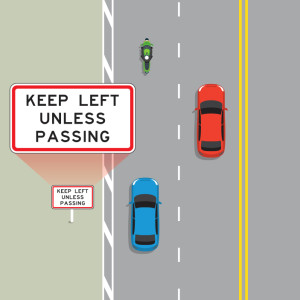
Special vehicle lanes have signs or markings that show they’re only for the use of specific vehicles, such as buses, cycles, taxis or vehicles carrying a specified number of passengers – transit lanes.
Other vehicles may use special vehicle lanes to make a turn or get to a parking space. Using the lane for this must be kept to a minimum length and be no more than 50 metres. You must give way to any vehicles entitled to use the lane.
Some special vehicle lanes operate 24 hours a day for specific vehicles to use. Others have times of operation specified on their signs, for example, 4pm to 6pm. In that case, you may be able to park or stop in them outside of these times.